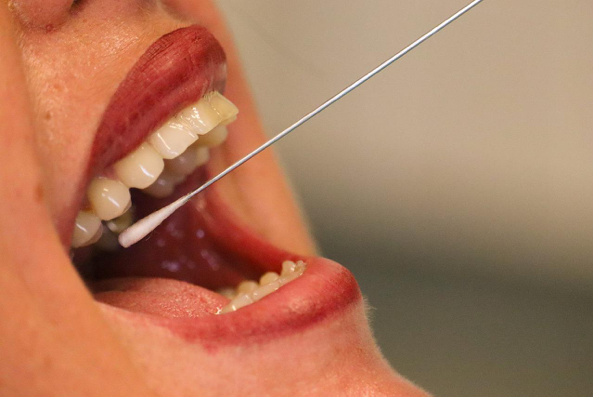What are the main causes and ways to prevent tooth decay? Cavities are permanent types of tooth damage that result in openings or holes in the surface of the teeth. Tooth decay can occur due to various reasons, but bacterial infection is often the leading cause of it. Tooth decay can spread over time, killing the tooth, causing inflammation, bacterial infections, and many more complications.
A large majority of children aged 5 or above are at a higher risk of facing tooth decay, which could lead to serious health problems. Decaying teeth can be alarming if not treated timely. By understanding what causes the decay, you can take active measures to prevent it from happening again.
Tooth Decay: Causes
Tooth decay can occur for various reasons, but plaque is often the most persistent one. Here is a breakdown of the stages of decay.
Plaque Forms
Plaque is a thin, sticky layer that builds up on the surface of the teeth like a coating. Plaque usually forms because of eating sugary and starchy foods and can attract bacteria to feed on it.
The bacteria that stick to the surface of the teeth for prolonged periods can harden, creating tartar. Tartar is more complicated to remove and can lead to severe dental problems.
Plaque Attacks
The bacteria attracted to the plaque can eat up the minerals on your teeth and start weakening them. The bacteria attack the enamel (the top layer of the tooth) and make their way into the inner layers of the tooth, all the way to the softcore.
Once the first layer dissolves, it can lead to cavities or holes in the teeth’s surface. The bacteria continues its attack on the dentin, which is a softer tooth layer underneath. After moving through the dentin, the bacteria can make its way to the blood vessels causing serious damage.
The dentin contains tiny tubes that connect to the blood vessels, so compromised dentin eventually leads to the tooth falling off if not prevented.
The Attack Continues
The bacteria continue attacking the tooth until it reaches the innermost layer or the pulp. The pulp contains the blood vessels, and damage to these vessels can compromise blood flow to the tooth. Once the bacteria does enough damage, the pulp can swell up.
The pain and discomfort during the process can extend from the tooth and hit the inner layers of the oral lining.
Tooth Decay: Prevention
Preventing tooth decay is a better approach than visiting the dentist for its treatment. Therefore, we have outlined the best practices to help you make prevention easier.
Brush with a Fluoride Toothpaste
Fluoride toothpaste is one of the best compounds for dental health. It helps rebuild the teeth and avoid any sort of damage to the teeth layers. Brushing with fluoride toothpaste ensures your teeth remain healthier for much longer.
Rinse your Mouth
A good mouth rinse with fluoride can also help users minimize their risk of oral damage, gum diseases, bacterial buildup, and much more. Rinsing your mouth with a fluoride mouthwash will ensure overall dental health and better prevention against tooth decay.
Perform Visits to the Dentist Regularly
Visiting the dentist on time can help minimize oral health issues, promote health and wellbeing, and prevention against tooth decay. A good dentist can help you identify oral health issues on time and counter them before serious damage.
Tooth Decay Causes & Prevention: Bottom Line
Tooth decay is a serious concern, and failing to prevent it can cause long term damage. We recommend you visit your dentists more often. Consult Dr. Young Bui, DDS, at Bryant Park Endodontics if you are experiencing symptoms of decay or need a root canal.
Young Bui, DDS
30 East 40th Street Suite 1201
New York, NY 10016
646-205-3045
Drendo4u@yahoo.com


